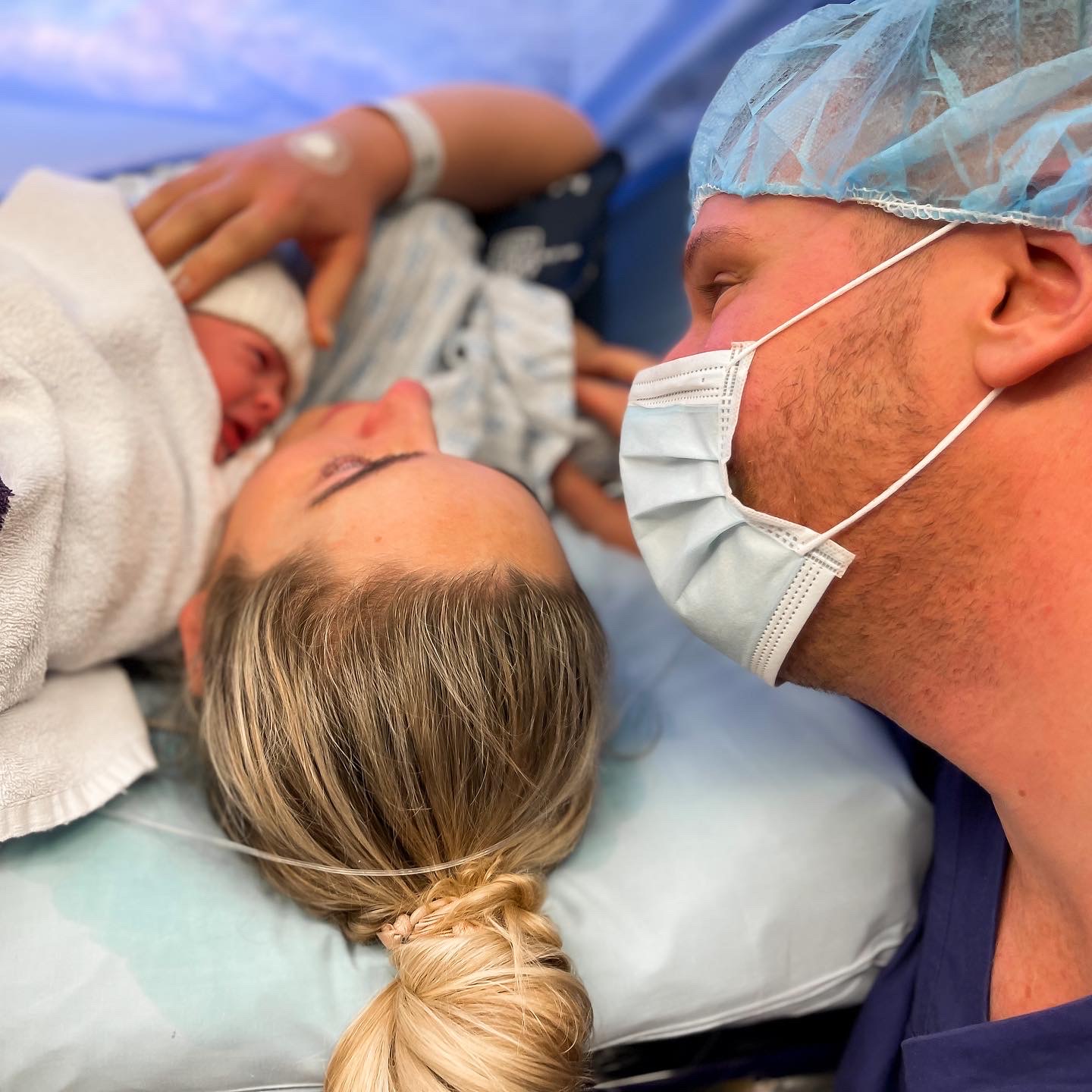Why Some Birthing People Need an Instrumental Birth or an Episiotomy

PĒPI Zenaya Hafa
MĀMĀ Livimia Hafa
PHOTOGRAPHY Catherine Smith @catherinesmithphotography
Common interventions in labour include assisted births – with a ventouse or forceps – and episiotomies.
Assisted/instrumental vaginal birth
Occasionally, birthing people will need assistance to safely birth their baby vaginally, either with a ventouse or forceps.
A ventouse is a suction cup that attaches to the baby’s head and forceps are a pair of metal ‘tongs’ that are positioned around either side of the baby’s head. Both allow the baby to be gently pulled by the obstetrician performing the assisted birth while the birthing person is pushing during a contraction. The choice of instrument used depends on the circumstances and is decided by the obstetrician.
An instrumental birth may be needed if the baby is in distress or the mother is exhausted from prolonged pushing. Other reasons for an instrumental birth can be due to an underlying health condition in the birthing person where it could be dangerous for them to push for too long, or because the baby is not descending down the birth canal – possibly due to being in a position that isn’t ideal.
Episiotomy
An episiotomy is a cut made by an obstetrician or midwife in the perineum (the area between the vagina and the anus) during the pushing stage of childbirth. The purpose is to widen the space for the baby to be born more easily. An episiotomy may be recommended during an assisted birth if your baby needs to be born quickly or to prevent severe tearing. An episiotomy can only be done with the birthing person’s consent.
It’s important to ask about the risks and benefits of any procedure so you can make an informed decision and therefore give your informed consent if you would like to go ahead.
Making choices
During your labour, you have the right to be fully informed about options available to you and are able to make choices about what services you would or would not like to have throughout your childbirth experience. Before any medical treatment is given to you, the medical staff must receive your informed consent.
The BRAINS acronym can be a helpful tool to refer to when making a decision in labour:
-
Benefits – what are they?
-
Risks – what are they?
-
Alternatives – are there any? What are they?
-
Intuition – what does my gut say? How do I feel about it?
-
Not now – what might happen if we don’t do anything?
-
Subsequent actions – what are the potential consequences if we do go ahead?



